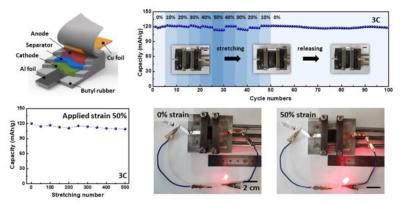First Graphene and Hexcyl to collaborate on graphene-enhanced HDPE project
First Graphene has announced it is collaborating with Hexcyl to develop PureGRAPH enhanced HDPE materials for use in Hexcyl’s range of oyster baskets and long-line farming systems.
has announced it is collaborating with Hexcyl to develop PureGRAPH enhanced HDPE materials for use in Hexcyl’s range of oyster baskets and long-line farming systems.
High-density polyethylene (HDPE) is a thermoplastic polymer produced from the monomer ethylene. With a high strength-to-density ratio, HDPE is used in the production of plastic bottles, corrosion-resistant piping, geomembranes and plastic timbers. The incorporation of high-performing PureGRAPH additives will seek to improve the mechanical properties of the HDPE, while at the same time provide greater longevity of the systems in high energy farming environments.
